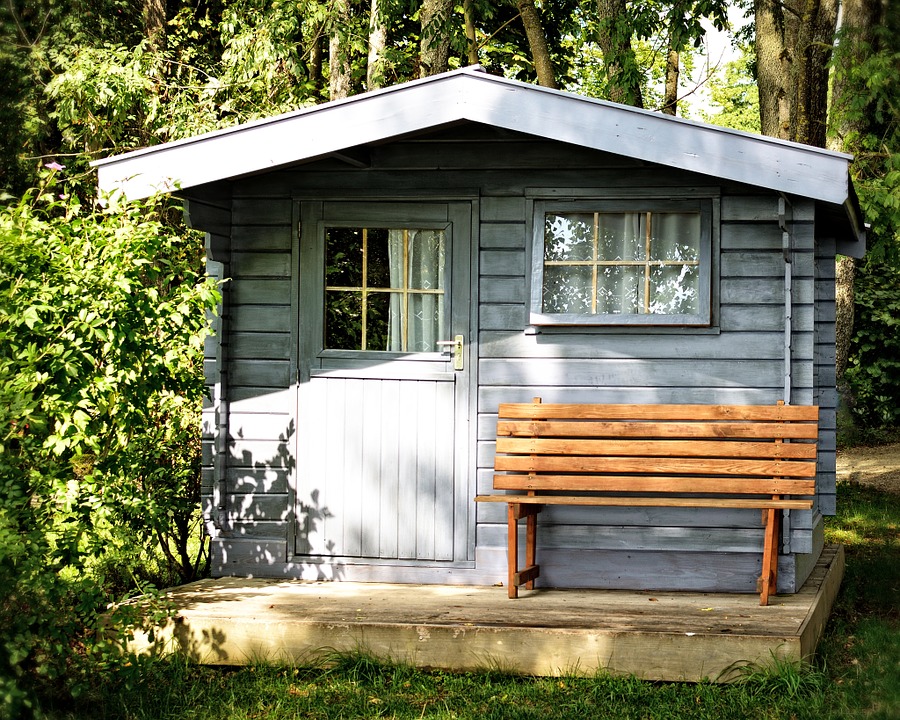
Working from home can be great, but it does have its flaws. One of the main drawbacks is when the boundaries of work become blurred with your home life. A great solution to this is the garden office. It gives you a workspace without taking away a room out of your house, and gives a clear definition between the office and home. Plus on those sunny days, your office is pretty much the garden. What’s not to love?
Planning Permission
You don’t want to upset your neighbours by building something that will disrupt their lovely gardens. Before you start drawing plans or designing your office, make sure you’ve gone to the right authority to check you’re within your right to build. You don’t want to have made all these elaborate plans, only to be told you’re not allowed more than a miniscule shed.
Measure
A general rule of thumb when putting a structure in your garden is that you don’t want it to take up more than half the space. Surely you’ll not want your office to take up your entire garden anyway? Once you’ve gained planning permission, get measuring. Thoroughly examine your garden and carefully think through your options. No matter the size of space available to you, you can get creative with how you want to fill it.
Get Building
You’ve got your office plan in mind. Now it’s the exciting part: building time. What should you use? We recommend dry wall. It’s a cheap and easy to work with material. Its versatility makes it a great building tool to use. Also it acts as insulator for those colder months so you can still work outside, even in winter. Another bonus: it requires less maintenance than if you use timber.
Windows
Thanks to building with an insulating material, you can fill your garden office with plenty of natural light. Let’s face it – that is a huge perk of essentially working in the outdoors. You may want to consider double-glazing, depending how cold it gets in your parts for the winter. Embracing natural light in your office is definitely the way forward. According to studies it can improve your sense of well-being as you work.
Working outside, you’ll obviously need working equipment. The basic necessities of most offices are: a desk, a chair, and a computer. So make sure you’re able to get some form of power coming into your new work space.
Decorate
Once everything is in place, your office design is entirely up to you. Remember, just because it’s an office doesn’t mean you can’t personalise it. You could bring family photographs, colourful prints to liven up the walls, or as you’re working in the garden, why not bring the outdoors in and pop a few plants inside?




Leave a Reply